Hakkodasan Report
| Autumn Color Report 2013 Official autumn color reports by japan-guide.com |
| previous post |
| next post |
2013/10/12 - Hakkodasan Report
by scott
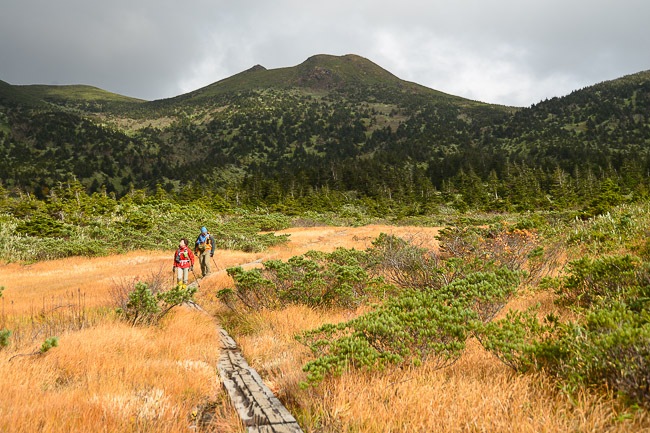
For this year's first autumn color (koyo) report from the Tohoku Region, we visited Mount Hakkodasan (八甲田山, Hakkōdasan) in Aomori Prefecture. At 1585 meters high, Mount Hakkodasan is one of the first places to see koyo in Tohoku. The colors typically start to show in late September and peak around early October as they slowly make their way down the mountain slopes.
Today's plan involved taking the Hakkoda Ropeway to the top of Mount Tamoyachidake, one of almost a dozen peaks that make up Mount Hakkodasan, and walking down the mountain to Sukayu Onsen, a popular hot spring known for its large, mixed gender bath. Being the start of a three day weekend, there were busloads of other leaf chasers in line for the ropeway when we arrived. We ended up having to wait about 30 minutes to board, but the wait was worth it as the views of the slopes below the ropeway were beautiful.
It seemed that you could see the whole progression of the koyo season below the ropeway. The trees along the lower slopes looked to still be improving, while the best colors were found about halfway up the mountain. The colors around the upper ropeway station were nearly gone and the trees around the peaks were mostly evergreens or leafless already.

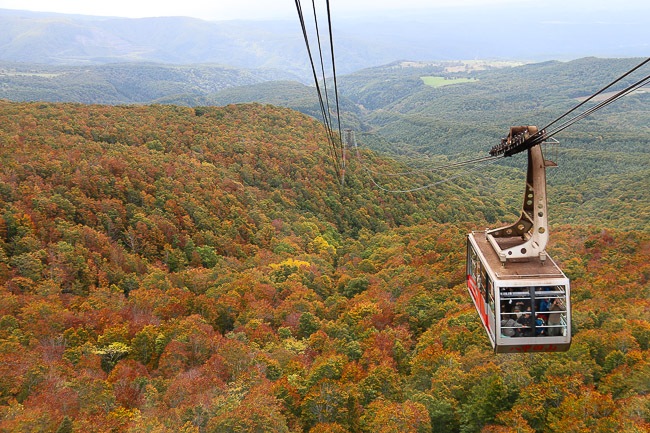
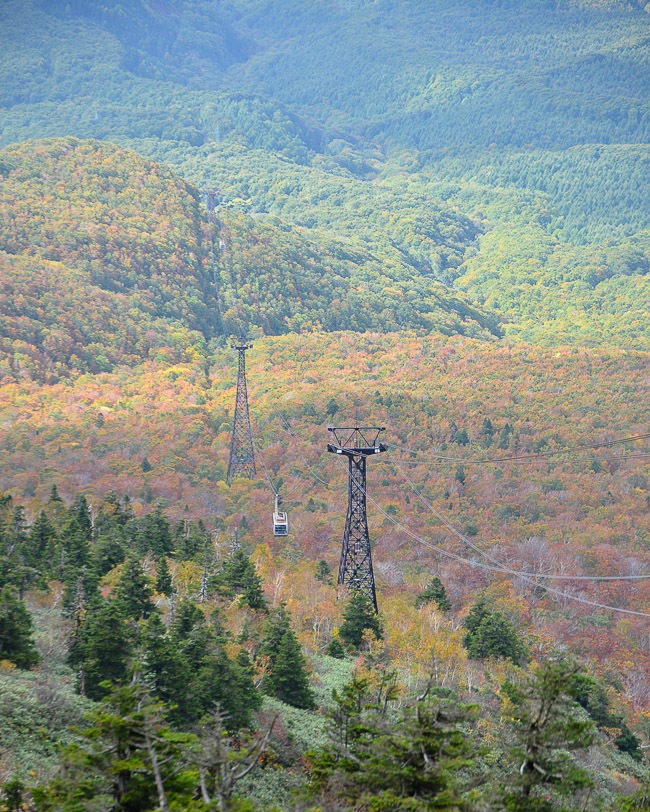
A highland area extends around the upper ropeway station and can be explored along a small network of boardwalk nature trails which have been arranged into 30 and 60 minutes long hiking circuits. Unfortunately, most of the colors have already disappeared from the area except for some colorful grasses in the marshy spots.
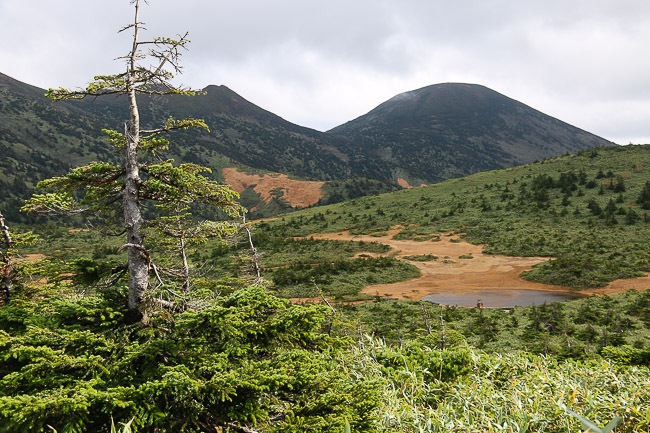
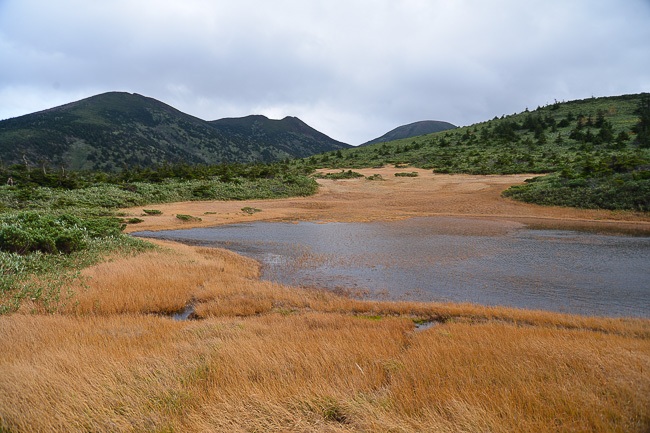
The trail branches off at the far end of the hiking circuits, leading down the mountain to Kenashitai, one of the popular koyo spots on Mount Hakkodasan, which exhibits a variety of colorful mountain shrubs such as Japanese Rowan (nanakamado) and oak (nara). Kenashitai is made up of two expanses of marshes connected by a steep set of stairs between them. While there were few colors left to see around the upper marsh, the bushes along the stairs were still pretty good today. Unfortunately, many of the shrubs around the picturesque lower marsh have already begun to drop their leaves and most of the color that was left was provided by the marsh grasses.
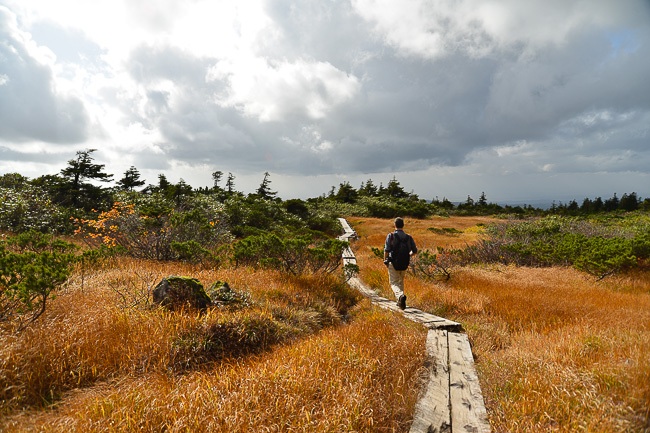
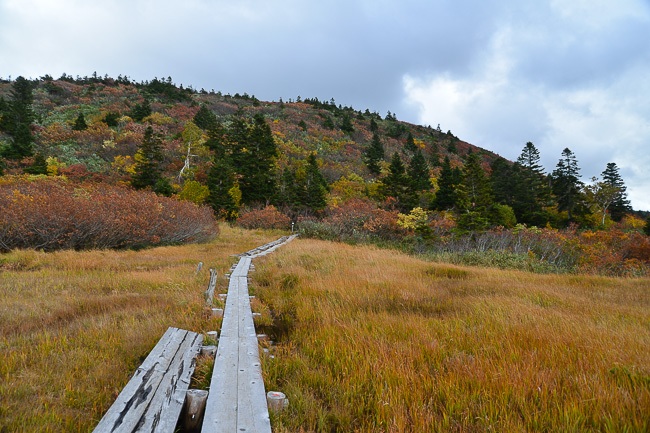
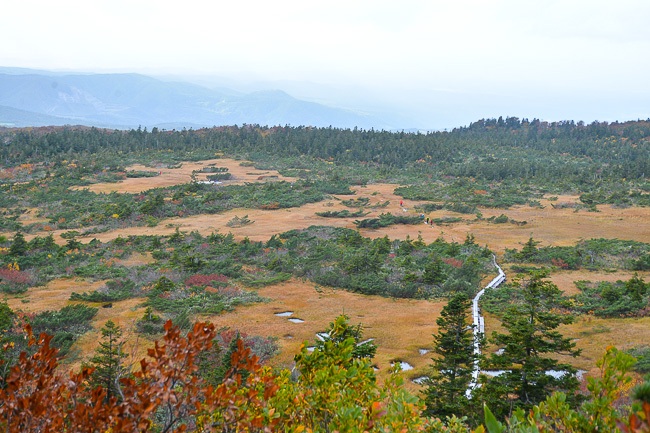
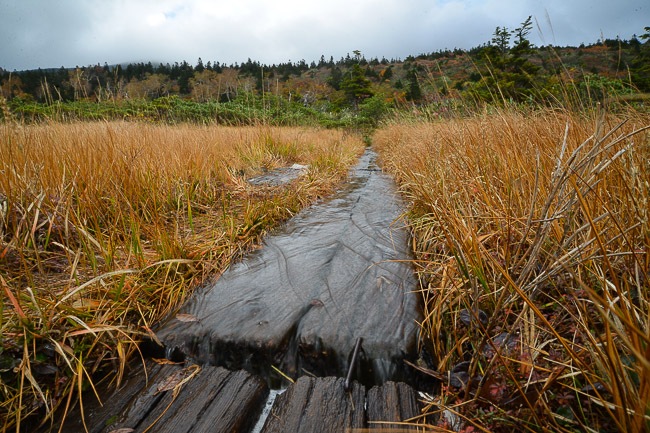
From Kenashitai it was less than an hour to Sukayu Onsen, most of which was under the forest canopy. The colors continued to improve as we descended the mountain, however they were difficult to see without any breaks in the forest from which to look out. We finally caught a nice view once the trail left the cover of the trees just above Sukayu Onsen. The colors around the hot spring still look to be developing and should continue to improve with time. We also made a quick stop at Jogakura Bridge, another popular koyo spot between Sukayu Onsen and the lower station of the Hakkoda Ropeway. The colors around the bridge were also in the early stages and looked to be a bit behind the trees around Sukayu Onsen.
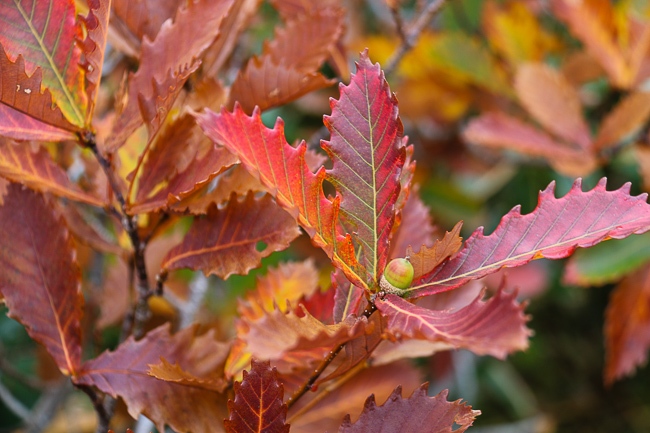
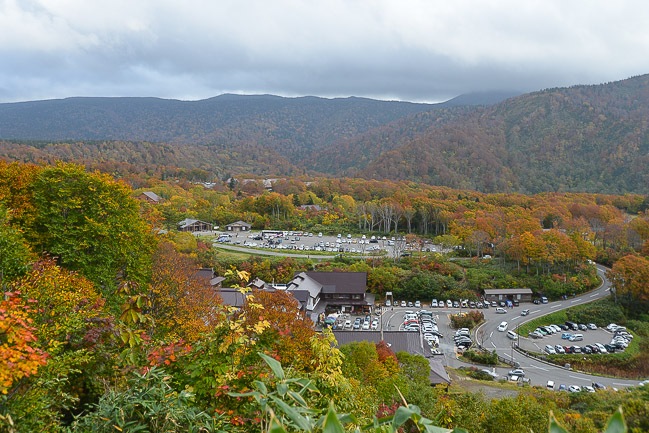
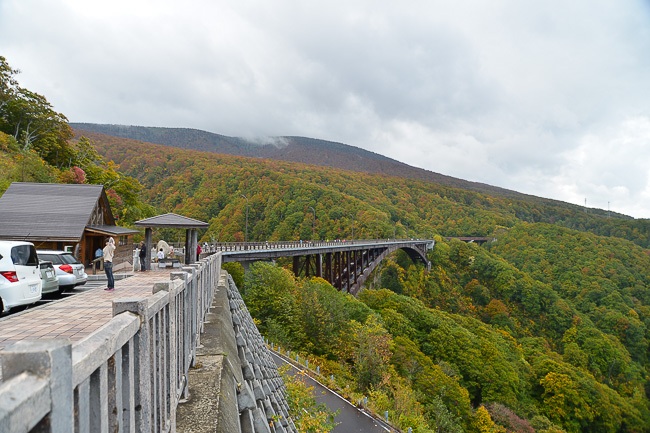
| previous post |
| next post |
|
List of Posts:
2013/12/11 - Tokyo Report 2013/12/10 - Kyoto Report 2013/12/06 - Kamakura Report 2013/12/03 - Tokyo Report 2013/11/29 - Kyoto Report 2013/11/28 - Kanazawa Report 2013/11/27 - Osaka Report 2013/11/26 - Kyoto Report 2013/11/26 - Tokyo Report 2013/11/22 - Kyoto Report 2013/11/21 - Miyajima Report 2013/11/20 - Tokyo Report 2013/11/19 - Korankei Report 2013/11/18 - Kyoto Report 2013/11/18 - Fujigoko Report 2013/11/13 - Kyoto Report 2013/11/12 - Tokyo Report 2013/11/11 - Sakurayama Report 2013/11/08 - Karuizawa Report 2013/11/06 - Fujigoko Report 2013/10/30 - Towada Report 2013/10/29 - Nikko Report 2013/10/29 - Yamadera Report 2013/10/28 - Urabandai Report 2013/10/22 - Gunma Report 2013/10/18 - Nasu Report 2013/10/17 - Nikko Report 2013/10/14 - Fujisan Report 2013/10/12 - Hakkodasan Report 2013/10/10 - Oze Report 2013/10/08 - Nikko Report 2013/09/27 - Tateyama Report 2013/09/21 - Kurodake Report 2013/09/20 - Asahidake Report |
Questions? Ask in our forum.


